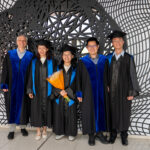Research
-
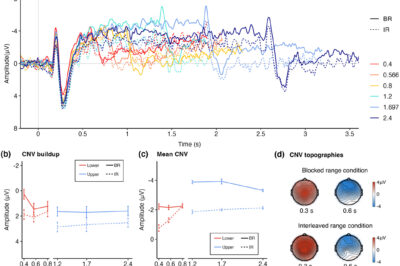
Blocked versus interleaved: How range contexts modulate time perception and its EEG signatures
Understanding time accurately is vital for many cognitive processes. People’s time estimates often converge around the average when presented with…
-

Impact of Contextual Guidance and Suppression on Visual Search Efficiency
Context plays a pivotal role in our daily decision-making processes. For instance, when navigating a familiar city, we often rely…
-
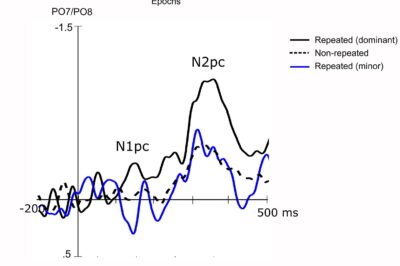
Selective contextual association
Context plays a critical role in directing our attention, as we often subconsciously learn associations between targets and their surroundings…
-
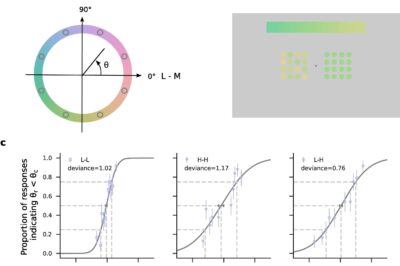
Understanding Color Perception: How Natural Daylight Cues Influence Hue Discrimination
Incorporating statistical properties of stimuli into the interpretation of sensory data can greatly enhance the accuracy of perception amidst noisy…
-
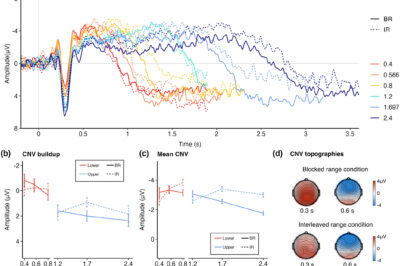
How range contexts modulate time perception and its EEG signatures
A recent study, led by our former team member, Dr. Cemre Baykan, titled “Blocked versus interleaved: How range contexts modulate…
-

Influence of Temporal and Probabilistic Expectation on Subjective Time of Emotion Stimulus
Subjective time perception fluctuates with a stimulus’s valence and expectancy. Karaaslan and Shi’s (2024) research examined how temporal and probabilistic…
-
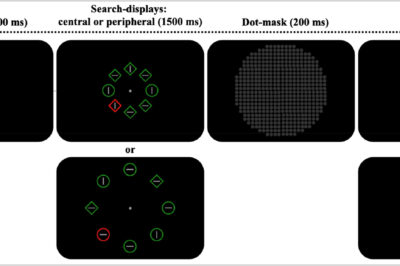
High demand redirects increased anxiety to uphold goal-directed attention
Recently Stanković et al. (2024) used a novel dual-target search paradigm to investigate influence of state anxiety on stimulus-driven attentional…
-
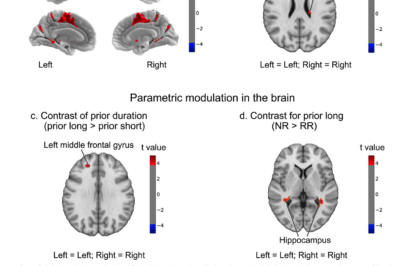
Influence of Action on Sequential Dependence
Our perception and decision-making are susceptible to prior context. In our recent study, published in Cerebral Cortex, Ms. Cheng and…
-
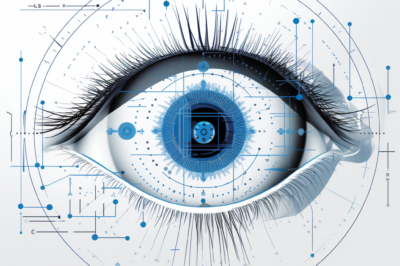
Eye movement: innovation in visual perception training
News from the original LMU Newsroom: Constant training improves the capacities of human perception. Just as years of practice hone…
-
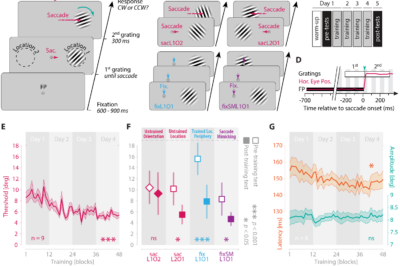
Feng Meng, can the ability to see a flea as large as a wheel be transferred?
Feng Meng, can the ability to see a flea as large as a wheel be transferred? Our team member Dr. Lukasz…

